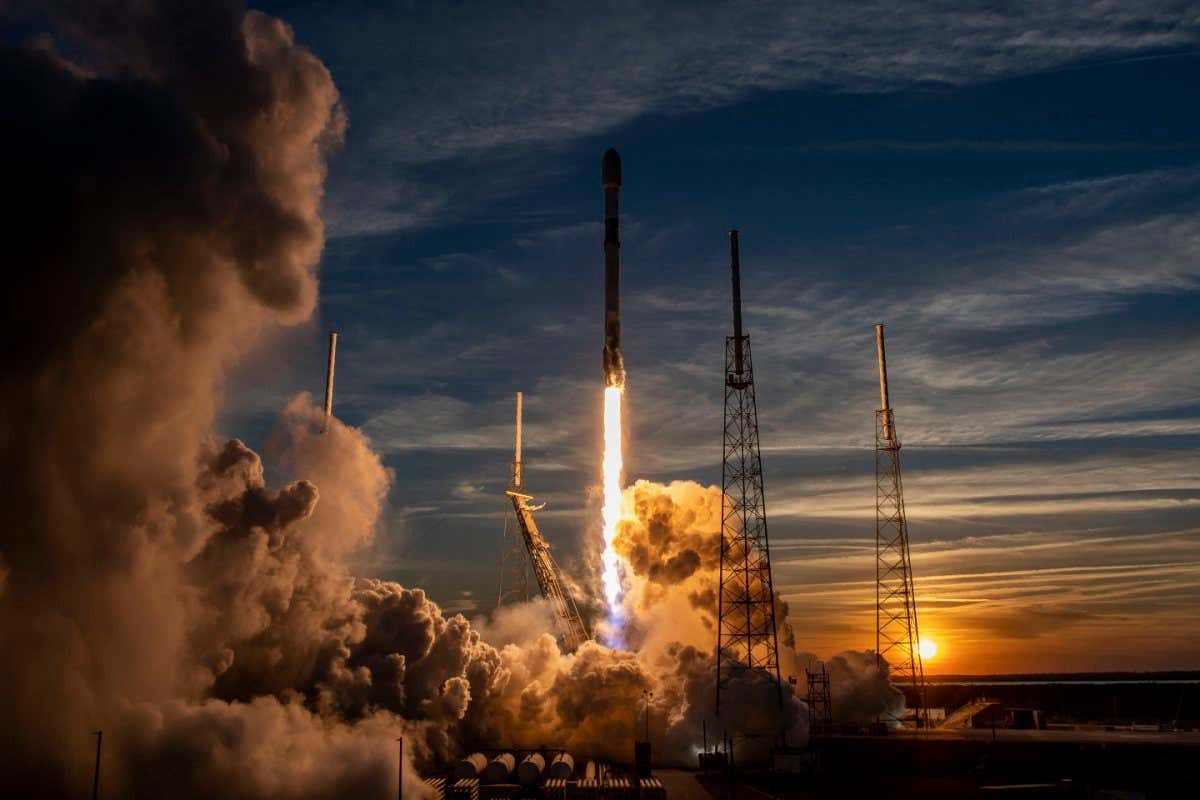SpaceX announced today its acquisition of EchoStar's wireless spectrum licenses for $17 billion, marking a pivotal moment in the convergence of satellite and terrestrial communications that positions Starlink to significantly expand its direct-to-device capabilities.
The Strategic Transaction
The deal structure involves $8.5 billion in cash and $8.5 billi…
Keep reading with a 7-day free trial
Subscribe to The Journal of Space Commerce to keep reading this post and get 7 days of free access to the full post archives.



